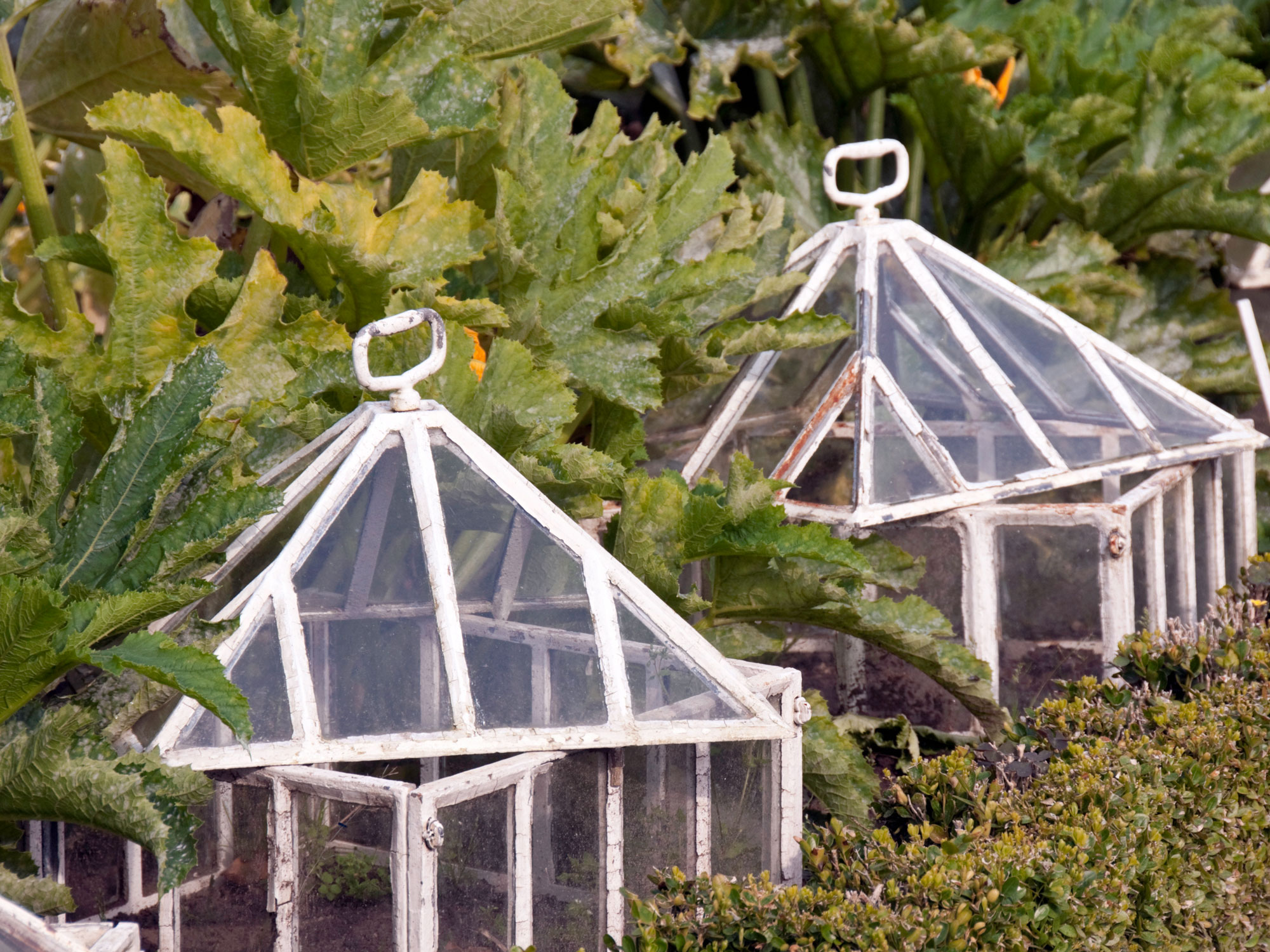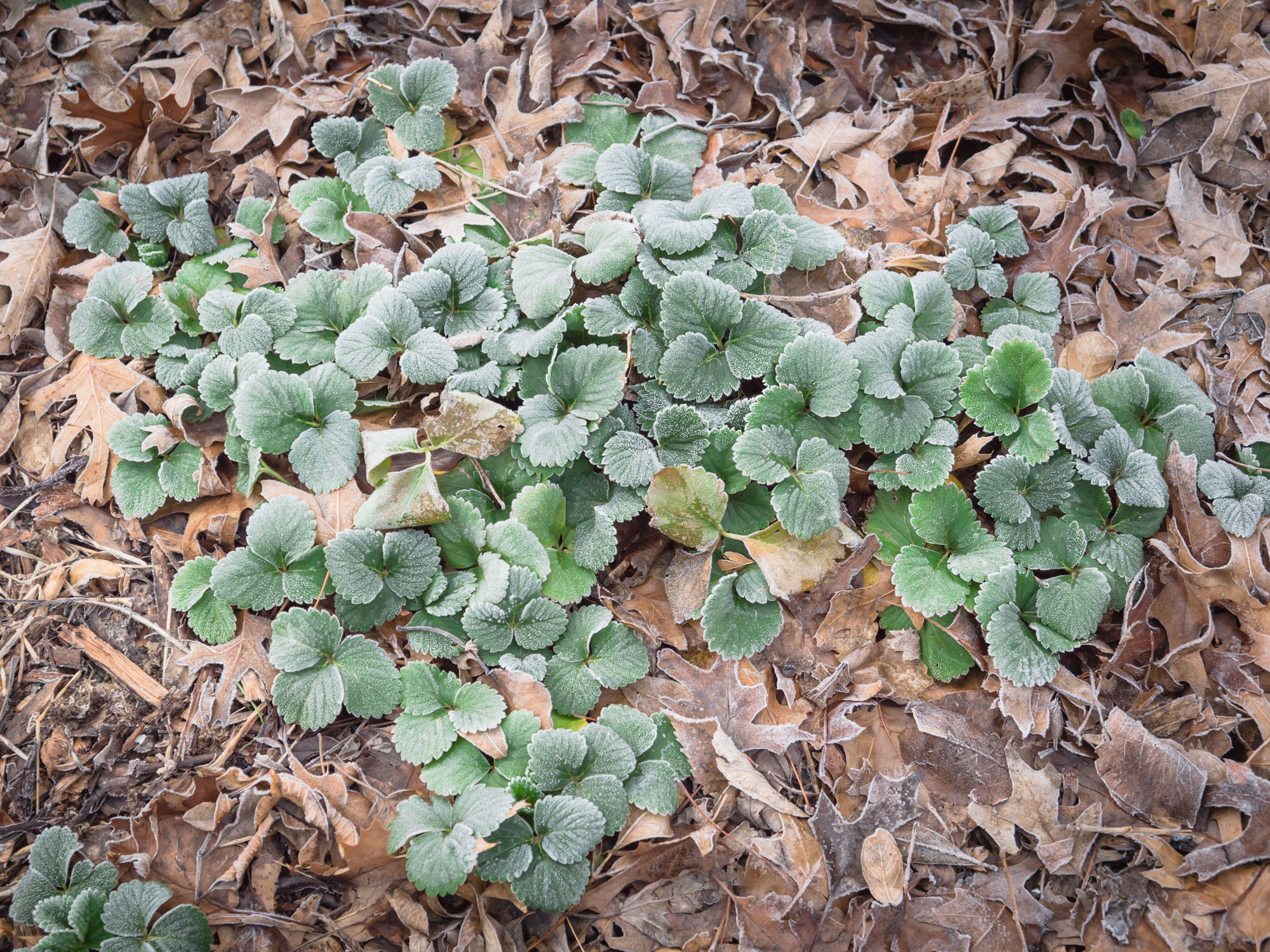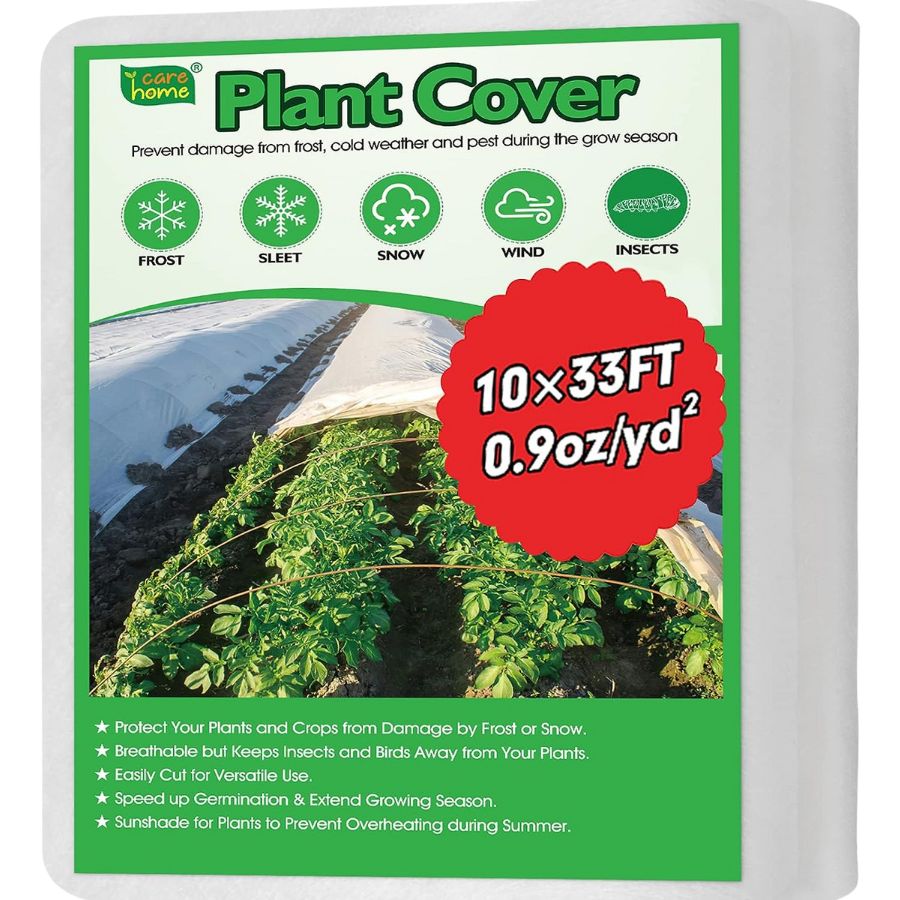6 Ways to Protect Plants From Frost – You Need This if a Cold Snap is Heading Your Way
Cut down on the risk of frost damage to your precious plants with these simple steps to protect them and all will be good in your garden

Learning how to protect plants from frost is a must when cold weather is on the way. Frost can affect many plants, and is particularly damaging to tropical and ornamental varieties, as well as any tender new growth that has appeared as a result of a mild fall. Even hardy evergreens can be affected.
Frost causes unsightly scorching and blackening of leaves, and also damages blossom petals in spring. Being prepared and providing protection rather than getting caught out means you can keep all your plants healthy right through the cold season.
Unless you live in a warm area (zones 11-12 can rest easy) you'll definitely be needing some plant survival skills to help them along. While some plants accumulate sugars in their cells that act like 'anti freeze', and others have internal mechanisms that 'lag' them to prevent water freezing within, it's still a good idea to give them a helping hand to stop them freezing and in the worst scenario dying. After all, why take a chance?
Going forward, it's always a good idea to choose plants for your modern garden that are reliably hardy and suited to your growing conditions and local climate. Meantime if you want to find out how to protect plants from frost follow these simple steps.

1. Wrap up plants in containers to keep them snug

Container plants are vulnerable when frost strikes as they are more likely to suffer from their roots freezing than plants in the ground are. The soil in pots will be colder, and it's important not to cover it at the top too as it needs to 'breathe'.
So what should you use to cover plants? To prevent your plants freezing, use bubble wrap (like this from Amazon), straw, sacking, newspaper or old towels to add a layer of insulation.
Another good idea is to raise containers off the ground by using pot feet or bricks. This allows any waterlogged soil in the base of the pot or pooling water around the outside of the pot to drain away more easily, saving your plants from sitting in an icy bath.
The Livingetc newsletters are your inside source for what’s shaping interiors now - and what’s next. Discover trend forecasts, smart style ideas, and curated shopping inspiration that brings design to life. Subscribe today and stay ahead of the curve.
It's important that the compost dries out and remains largely dry throughout the cold, dormant period, so avoid watering until spring.
If you have space and the containers are not too big you can also bury them in the ground with just the rim showing. This way your plants will enjoy the insulating benefits of warm soil.
Wrapping the heads or stems of large tender plants with a frost cloth when frost is forecast will help too but be sure to remove it during the day to let air circulate.
2. Move plants to a sheltered spot

The mantra 'right plant, right place' is relevant when considering how to protect plants from frost. Slightly tender plants grown against a south-facing wall will get extra warmth and winter protection from frost. It's also a good idea to leave the previous season's growth on tender plants until spring as this adds another layer of frost protection in winter.
Tender plants can be lifted or moved to a more sheltered position or by overwintering under cover. If this isn’t practical, then protect them by wrapping in a layer of insulation.
Plants like fuchsias that are dormant will be quite happy in a dark shed over the winter. Other plants that are still green and growing slowly will continue to need light, so a cold greenhouse is better.
The bulbs or tubers of plants like dahlias and gladioli should survive. Their foliage dies back with the first frost, but the roots, tubers or bulbs will send up shoots next year. In colder climates you may need to lift them and store under cover before planting them out again in spring.
Group pots together in a sheltered area such as against a wall of your house for added protection from frost. The heating inside the house will warm the exterior wall slightly, as well as stop your plants feeling exposed.
Other sheltered positions include patios and courtyards, pergolas and gazebos, as well as under large evergreens.
If you have any plants in containers that are particularly vulnerable try to find a space indoors to squeeze them in.
3. Get a mini greenhouse or cold frame

Although you might not have space for a full-size greenhouse it's easy to squeeze in a mini one. There are some small stylish mini greenhouses like this one from Amazon to choose from. Even the smallest ones are invaluable if you're looking for ideas on how to protect plants from frost.
If you have tender or tropical plants that won’t survive even the mildest coating of frost they will need to be moved under cover such as into a garage, shed, greenhouse or indoors. Even if you don't heat the space overnight temperatures will be warmer than outside, which means plants will be kept frost-free in all but the most severe winters.
You can also use plant blankets like these from Amazon in the greenhouse. These fleecy jackets will shield your plants beautifully in the event of a big freeze.
Young hardy annuals sown in fall may also benefit from some protection from frost. Place them in the shelter of a cold frame over winter, although ensure they have good ventilation on warmer days.
4. Use frost cloths and cloches in the vegetable garden

In terms of vegetable crops, there are plenty to choose from that actually benefit from a dose of frost and taste better afterwards. Frost tolerant vegetables include leafy greens like spinach, chard, kale and cabbage.
A layer of horticultural fleece like this from Amazon is effective at keeping some of the frost off less hardy crops in a vegetable garden. Keep it raised above the plants with hoops to encourage air circulation, and peg the sides down so it doesn't blow away if it's windy.
You can find many permeable horticultural fleeces and frost protection products on the market, and you can also use materials that you can find around the house – just make sure they are lightweight, breathable and insulating.
If you think your vegetable garden bed will benefit from some protection, and frosts have already hit, wait until the frost has gone after the soil has warmed up in the sun.
For smaller plants and seedlings, you may wish to use glass or PVC cloches like these from Amazon. Also referred to as humidity domes, look for ones that have adjustable vents on top that you can open on sunny days to stop moisture building up.
Alternatively cut off the tops of large plastic bottles or milk containers and turn them into homemade cloches to embed in the soil around small plants and seedlings to provide protection. Remove them during the day to allow the plants to benefit from the warmth and energy of the sun.
Cloches are also ideal for use with young vegetable crops such as broad beans.
Avoid applying nitrogen-rich fertilisers late in the season as they cause plants to have a growth spurt and the soft material is especially vulnerable to frost damage.
5. Layer up some mulch around plants

Most plants benefit from a layer of mulch over their roots for added protection from winter chills. You can use a variety of materials like garden compost, wood chippings or leaf mold for mulching and, as an added bonus, mulch boosts the nutrient content of soil as it is pulled down into the ground by earthworms.
Aim for a thick layer to insulate roots from penetrating frost. One of the biggest benefits of mulched soil is that it loses heat more slowly, so it can protect plant roots from freezing when the weather gets colder.
With mulch in place you can be sure that the precious root systems of your perennial plants and shrubs are well protected against frost.
6. Find out when it’s safe to plant outside again

Get to know your local climate and don't get caught out, as Mother Nature often likes to throw out a curveball when it comes to late spring frosts.
You’ve probably heard the term 'last frost date' with reference to when you can start planting outside in spring. Do your homework and find out the date of last spring frosts in your local area in recent years. You can also find out frost dates according to your zipcode, courtesy of the National Gardening Association.
If you've started off tender plants such as sweet peas indoors, plant them out in the garden only when you're certain all risks of frosts have passed. They will also need gradual hardening off to deal with transferring outside.
How do you protect tropical plants from frost?

If you have big statement plants such as tree ferns and banana palms in your yard it's not practical to move them so you will need to step in and take special precautions wrapping them up as exotics like these will struggle when things get frosty.
If frost is forecast pack straw around the trunks of your exotics, then wrap a fleece jacket on top. You can also apply a thick mulch of leaves or compost to the roots of exotics to protect them.
In colder areas complete wrapping of tree ferns is recommended. 'The trunk is easily wrapped in fleece,' according to the experts at the Royal Horticultural Society. 'The fronds should be tied upright with straw, and the whole bundle wrapped in a double layer of horticultural fleece. Mulch the root area with organic matter to protect from frost.'
Banana palms should be cut back then straw packed around their trunks, preferably contained in a chicken wire frame, then topped with thick polythene sheeting.
Succulents need to go under cover, too, unless you're lucky enough to have a slightly milder climate.
Lifestyle journalist Sarah Wilson writes about garden design and landscaping trends. She has studied introductory garden and landscape design, and also has an RHS Level 2 qualification in the Principles of Plant Growth and Development. She is a regular contributor to Livingetc.com, and also writes for Homes & Gardens, Country Living, Country Homes & Interiors, and Modern Gardens magazines. Her first job was at Elle magazine, during which time a trip to the beautiful La Colombe d'Or in St-Paul-de-Vence led to an interest in writing about all things botanical. Later as lifestyle editor at Country Homes & Interiors magazine one of the highlights were the run of captivating country gardens that were featured.


